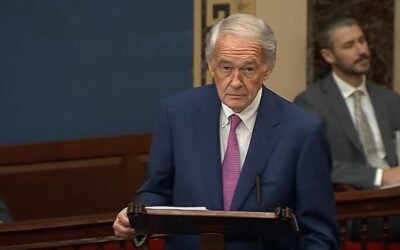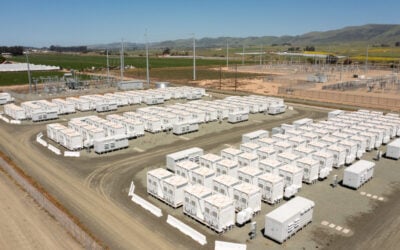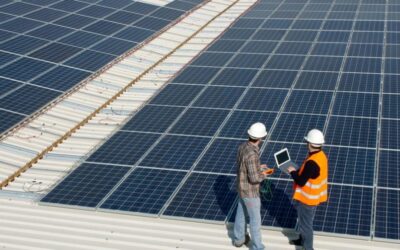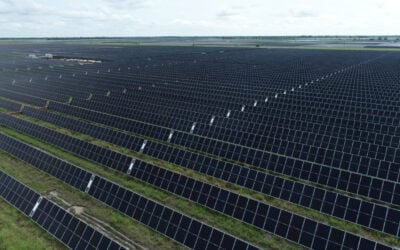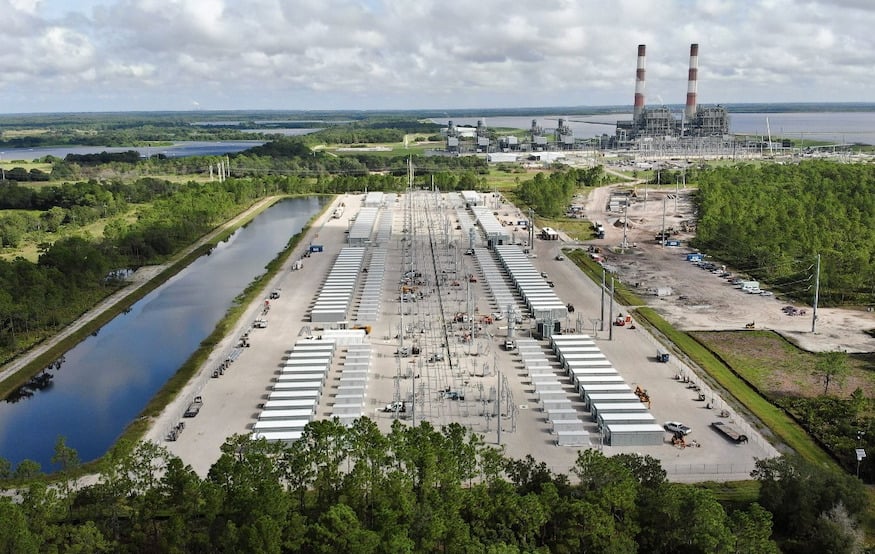
Developer and IPP NextEra Energy Resources (NEER) is proposing to construct an up to 3GW standalone BESS across 260 acres of privately-owned land in Fresno County, California.
A final environmental impact report (EIR) outlining the potential impacts of the Key Energy Storage Project has been prepared by the Fresno County Department of Public Works and Planning pursuant to the California Environmental Quality Act (CEQA).
Enjoy 12 months of exclusive analysis
- Regular insight and analysis of the industry’s biggest developments
- In-depth interviews with the industry’s leading figures
- Annual digital subscription to the PV Tech Power journal
- Discounts on Solar Media’s portfolio of events, in-person and virtual
A final EIR is the last step of the CEQA permitting process and comprises a preliminary report, known as a draft EIR, and any comments on the draft report from key stakeholders and other interested parties.
Fresno County officials will use the EIR, filed June 28th 2024, to either approve or deny an unclassified conditional use permit (CUP) which NEER is seeking to construct, operate, maintain and decommission the proposed project. The developer is also seeking the cancellation of one Williamson Act Contract which restricts the land usage to agricultural applications only.
3GW phased construction approach
Juno Beach, FL-headquartered NEER’s proposed Key Energy Storage project will be located approximately 11.5 miles east of Coalinga and immediately south of West Jayne Avenue in Fresno County, California.
The developer is considering two different technology approaches: using solely lithium-ion batteries or a mix of lithium-ion and iron-flow battery technology. If NEER decides to utilise the 100% li-ion option, construction will be carried out in four distinct phases whereas if it goes for the mixed approach, only three phases of construction will be required.
Either way, the first phase of construction is expected to commence this year with NEER expecting to break ground on the second phase in 2025. Construction on the third and potential fourth phases are expected to commence between one and three years after the second phase has been brought online, but will depend on the “region’s need for energy storage.”
Each phase of construction is expected to take approximately 14-24 months to complete with the entire facility expected online no later than 2032.
300MW battery storage capacity interconnection agreement
NEER expects to connect the project to the CAISO controlled grid through Pacific Gas & Electric’s (PG&E’s) Gates 500kV substation via an approximately 0.5-mile transmission line.
An interconnection agreement with PG&E and CAISO covering 300MW of battery storage capacity for the Key Energy Storage project has been secured by NEER (CAISO queue no. 1479). However, there could be others to cover the remaining capacity of the project (developers sometimes file multiple requests for the same physical project).
34GW of standalone storage capacity in interconnection queues
NEER is one of the largest independent power producers in North America and a wholly-owned subsidiary of Fortune 200 company NextEra Energy.
As of June 2024, NEER claims to have 34GW of standalone battery storage capacity through interconnection queues across North America. It also has one of the largest operational BESS portfolios in the US, including one of Arizona’s largest projects at 1GWh which it commissioned earlier this year.
The Key Energy Storage project is one of several renewable energy facilities being developed by NEER in California which also includes the Crossroads Energy Storage project in Shasta County.
According to a website set-up by NEER, the Crossroads project is expected to have 300MW of battery storage capacity and scheduled to be brought online by December 2027.
See the amount of energy storage in interconnection queues across all developers in the US below, as of the end of 2023. California is the US’ leading market for BESS deployments and also has the largest interconnection queue at nearly 300GW.
Net zero by 2045
It was announced in June 2022 that NextEra Energy had set itself a target of net-zero carbon emissions across all of its subsidiaries by 2045, as reported in Energy-Storage.News.
NextEra Energy also owns Florida Power & Light (FPL) which is the sunshine state’s largest utility serving 11 million people.
FPL owns the 409MW/900MWh Manatee Energy Storage Center (pictured) located in Parrish, Florida which, at the time of commissioning in December 2021, was the world’s largest battery paired with a solar facility.

